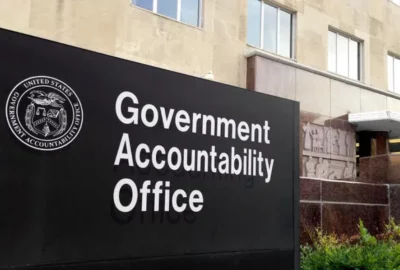The federal government has issued more than 4.8 million security clearances to federal civilians, military service members and contractors. But the process for determining what positions require clearances amounts to little more than a “hodge-podge” across agencies, an official with the Government Accountability Office told Federal News Radio.
The security clearance process is “a mixed bag,” said Brenda Farrell, the director of GAO’s defense capabilities and management issues, in an interview with the Federal Drive with Tom Temin and Emily Kopp. “Agencies have a wide variety of practices.”
According to a June 12 GAO report, the director of national intelligence (DNI) has failed to provide agencies with clear guidelines about which positions require clearances. Further, the DNI has not created guidance requiring agencies to periodically review those designated positions.
In its report, GAO focused on security clearances at the departments of Defense and Homeland Security, the two biggest customers of clearance investigations.
The Office of Personnel Management charges agencies as much as $4,005 to conduct a top secret clearance investigation. A March GAO report found that the prices OPM charges agencies for conducting the background checks necessary for security clearances have skyrocketed over the past half dozen years.
Agencies face competing constraints between cost and security.
“If a position is over-designated, that can cost the government money,” Farrell said. “If it’s under-designated, obviously, national security is put at risk.”
In the absence of official guidelines from the DNI’s office, agencies have made do with an OPM tool designed to determine the sensitivity level of a position. Used alone, however, the tool is not meant to determine if a position actually requires a security clearance, Farrell said.
“In the absence of clearly defined policy from the DNI and the lack of collaborative input into the tool’s design,” the GAO report stated, “officials explained that they sometimes had difficulty in using the tool to designate the sensitivity level of national security positions.”
Lack of guidance for reviewing existing clearances
Similarly, agencies do not have consistent guidelines for reviewing and validating existing security clearances to to ensure that clearances are kept to a minimum.
Some agencies described informal ways of reviewing positions, such as when an employee leaves a position, Farrell said.
In other cases, agencies instituted a one-time review of position — reviews that, in some cases, last occurred several years ago.
Since the 9/11 terror attacks and the 2004 Intelligence Reform and Terrorism Prevention Act, the federal government has made the timely processing of initial security clearances a high-priority goal, Farrell said. And there’s been success on that front.
“While there’s been clear guidance and targets for improving timeliness, we haven’t seen that clear guidance for making a security-clearance determination or how often an agency should go back in and revisit if a clearance is still needed,” Farrell said.
This costs of security-clearance inefficiencies — over-designating a position as requiring a certain level of security — quickly add up, the report noted.
The most expensive clearance, top secret, must be re-investigated every five years instead of 10 and requires 10 times as many staff hours.
“There’s still a lot of money involved in this process,” Farrell said. “I think that’s what’s gotten the attention of so many congressional leaders.”
RELATED STORIES:
Agency officials tout progress on security clearances
Agencies distrust OPM prices for conducting background checks
DoD clearance success paves way for future
Copyright
© 2024 Federal News Network. All rights reserved. This website is not intended for users located within the European Economic Area.




